Reel life
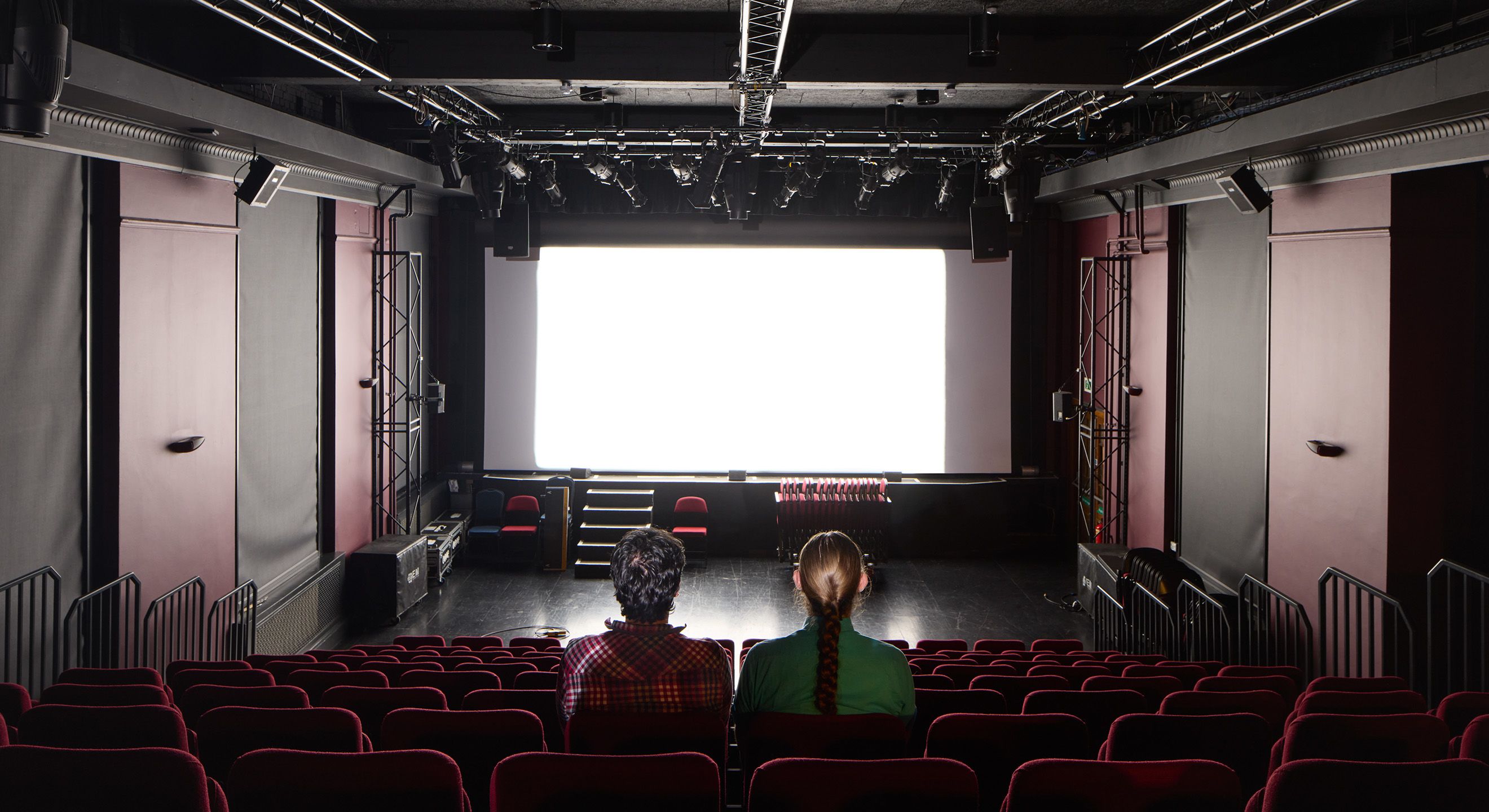

There’s a scene in Cinema Paradiso where the ageing projectionist Alfredo tells the departing Salvatore: “Whatever you end up doing, love it. The way you loved the projection booth when you were a little squirt.” This is cinema as metamorphosis: a place where watching a great story played out on the silver screen can transform your reality.
Of course, Imperial students know all about the power of dreams. Which is why in a quiet corner of SW7, for more than five decades, they have been busily conjuring them up on the big screen from their very own projection booth.
While it is not quite Cinema Paradiso, the 250-seat cinema located in the Union Building is not far off. Home to, and run by, the Imperial Cinema Club, it’s open to the general public, and gives students the opportunity to immerse themselves in every aspect of running a cinema. From selecting releases and handling the publicity, to manning the projector and taking care of the box office – where they sell tickets at a bargain price – it’s a chance to revel in the sights and smells of a working cinema.
The club itself was formed in the 1970s as FilmSoc, a name that ran until the 90s when a schism in the society resulted in a new FilmSoc (which continues successfully to this day), while the Imperial Cinema Club focused on the nuts and bolts of running screenings. In 2001, the Union gave the club a loan to buy a new 35mm projector, based on its earnings from previous years. Unfortunately, the digital boom was around the corner and the investment about to become all but obsolete.
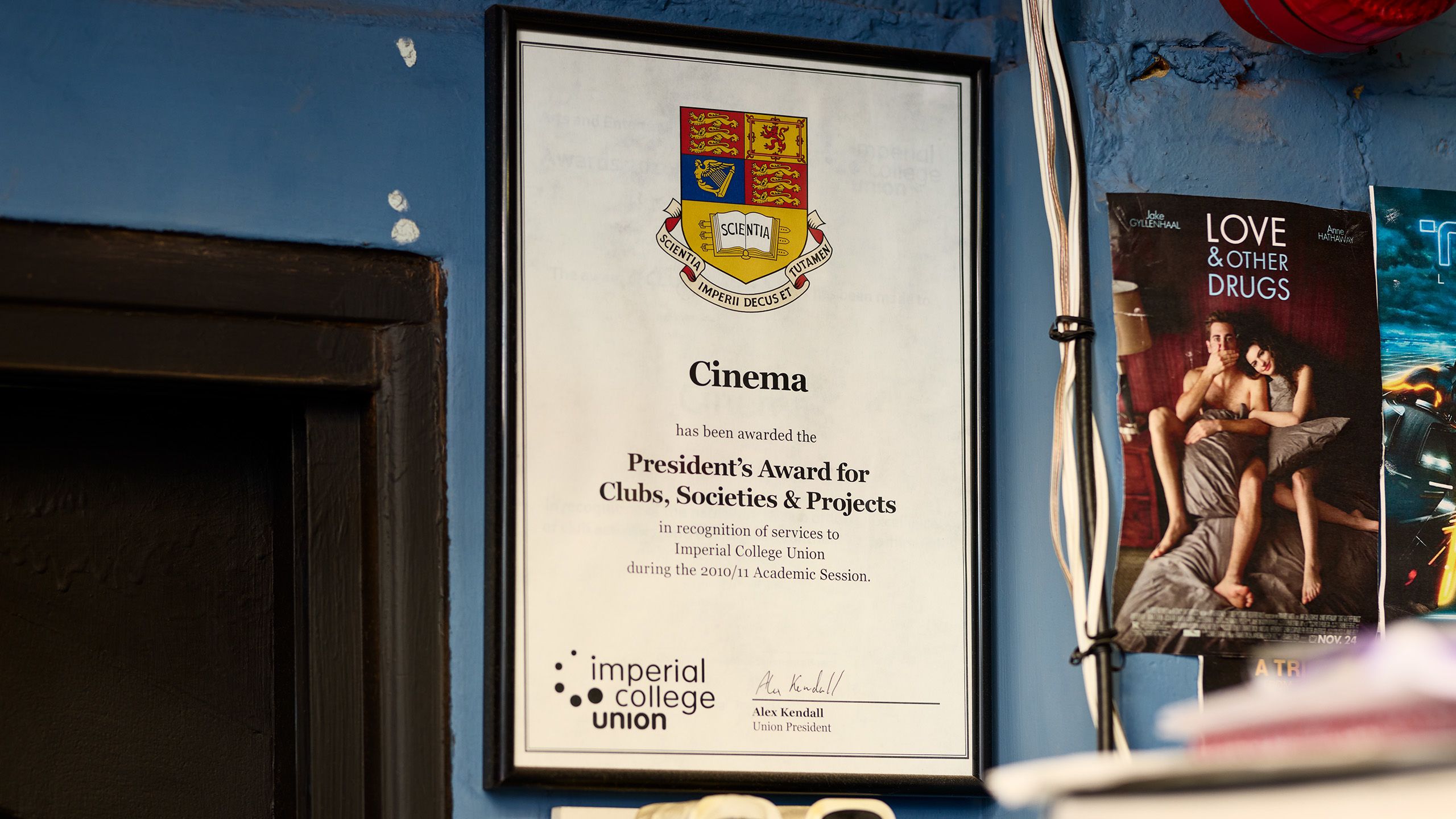
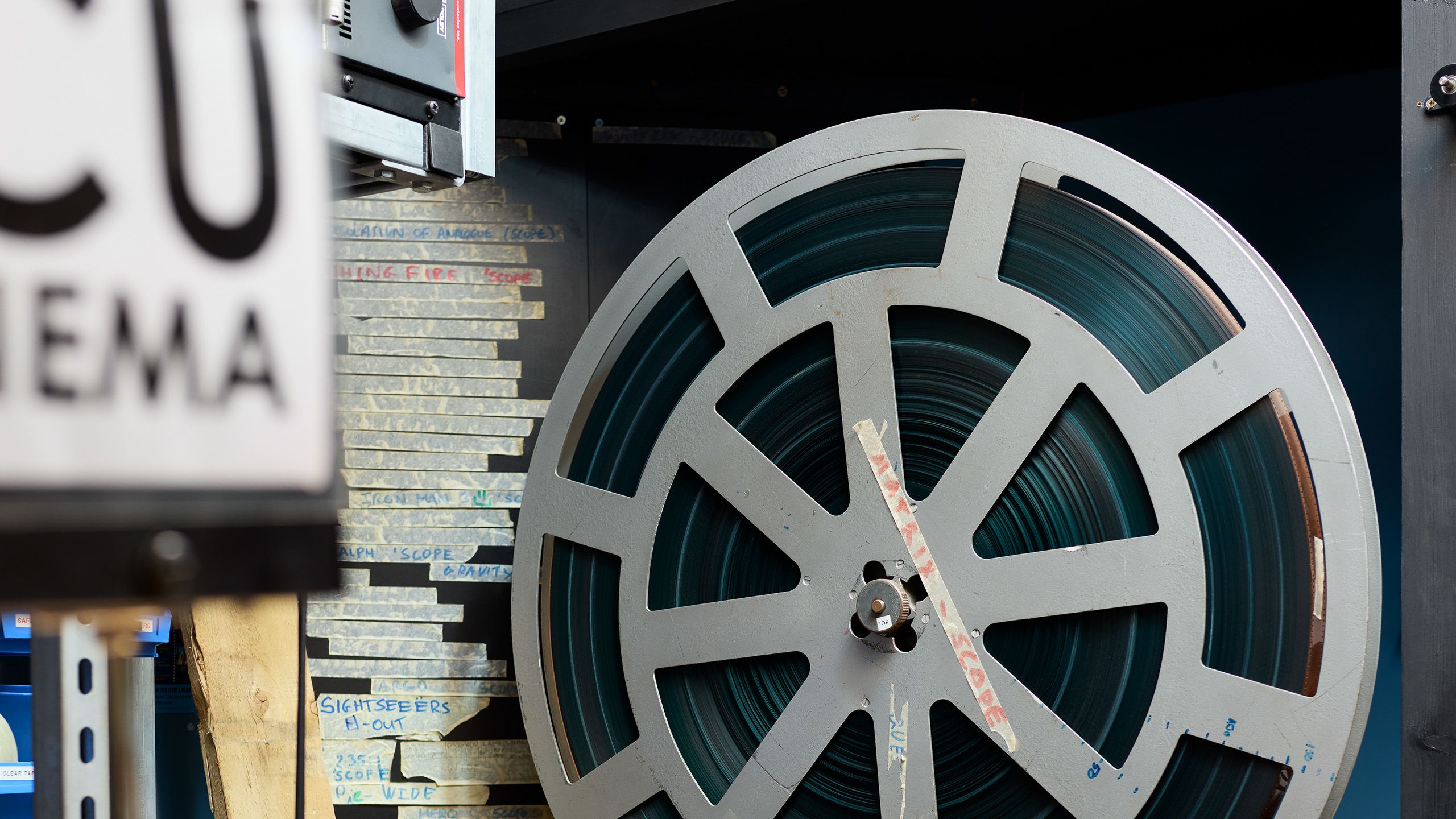
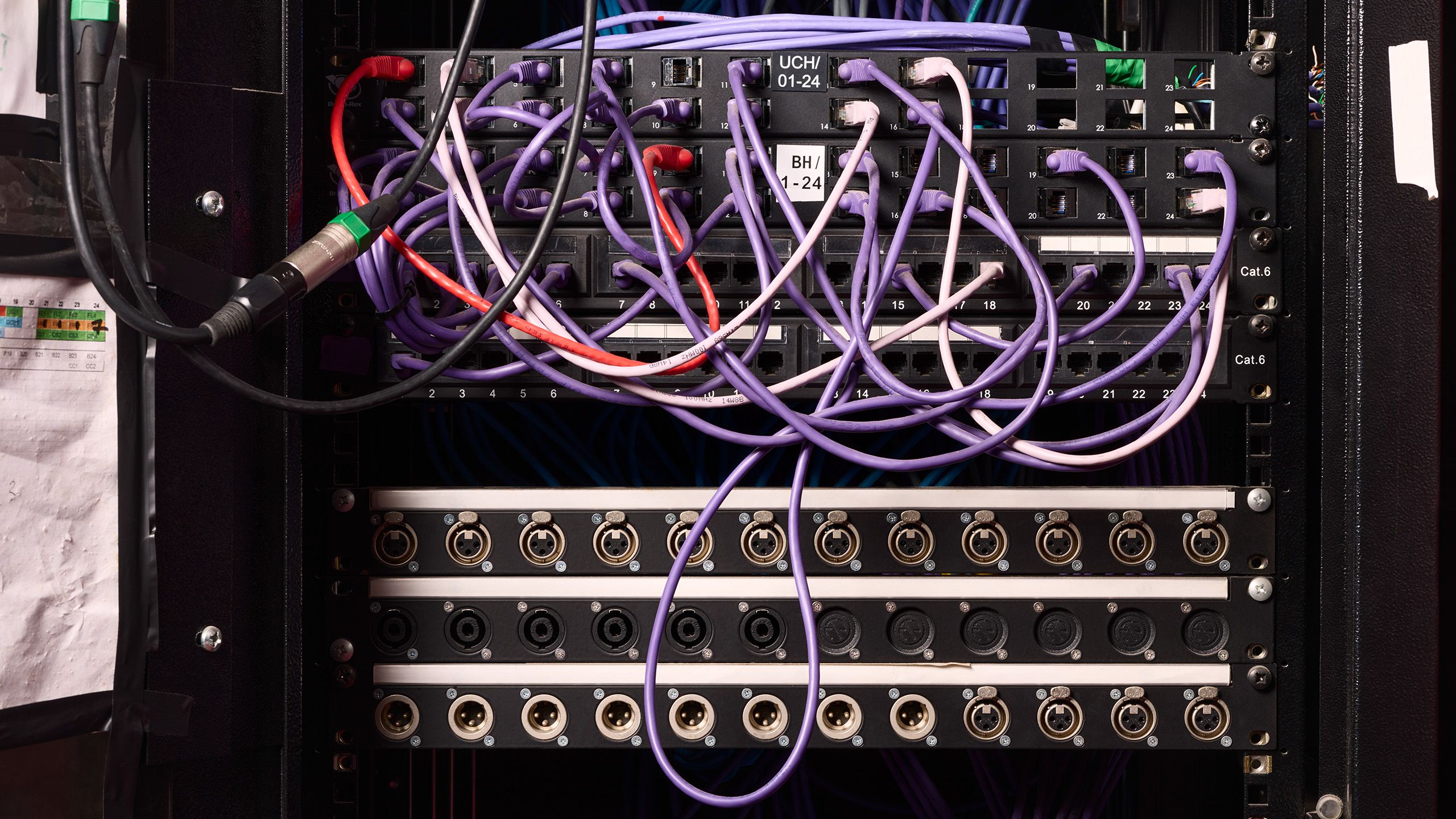
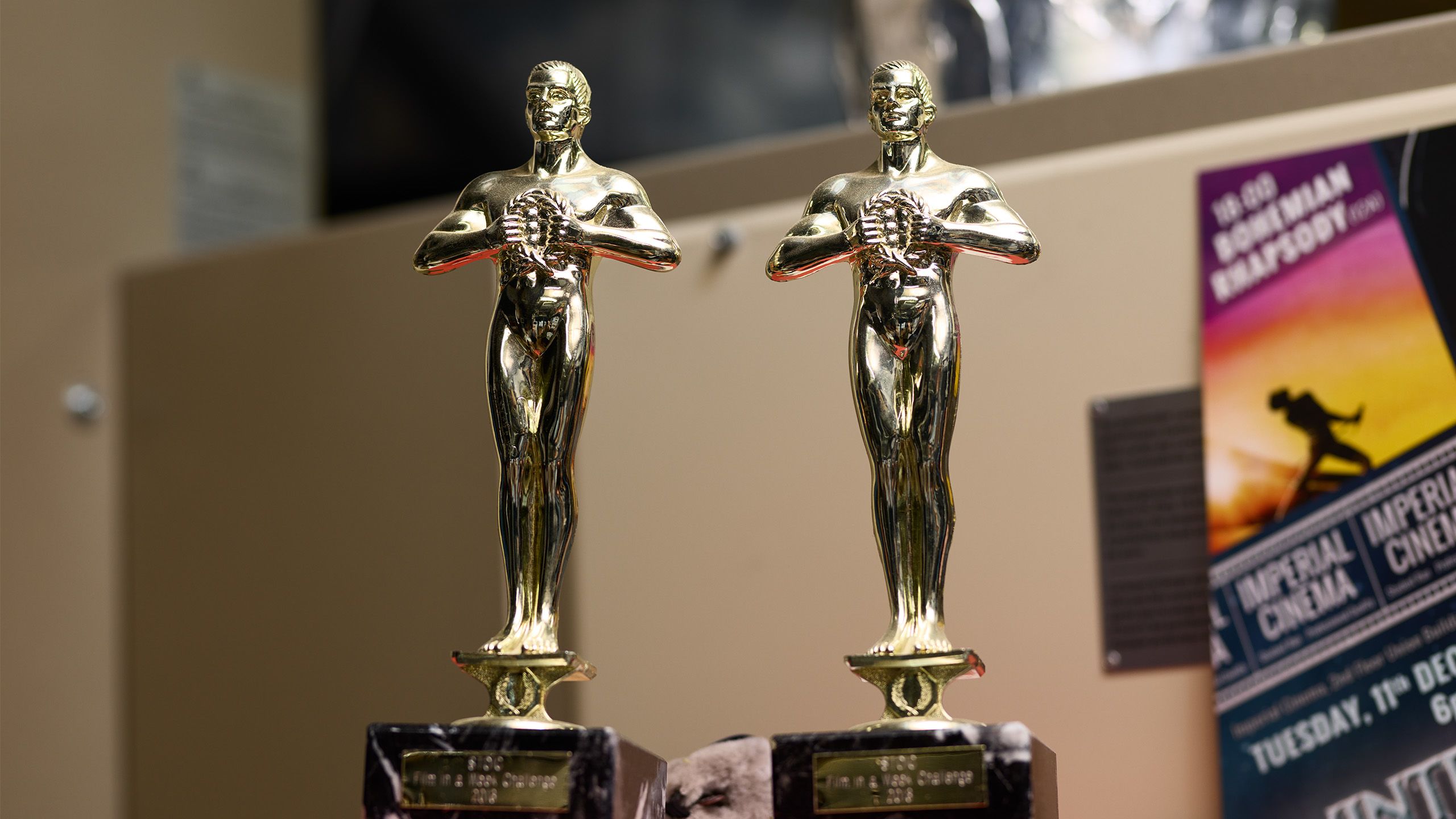




By the time Alex Yong (MEng Electrical and Electronic Engineering 2008) joined the club, mostly to occupy himself while his girlfriend – now wife – went on her Erasmus year, the old guard had left. As incoming Chair, he also inherited a staggering £18,000 debt. “As the Chair, the buck stops with you, so I had to be able to do all the jobs. I went into that year thinking I wasn’t very good at anything, and came out of it going, ‘I can run a cinema’.”
“I ended up working in startups and have become used to wearing many hats and working really hard to achieve a goal. I’m pretty sure a lot of that comes from those days at the Cinema Club – or maybe I was just always like that and that’s what attracted me to the cinema in the first place!”
I have become used to wearing many hats and working hard to achieve a goal
Either way, entrepreneurial skill proved a necessity. High-speed internet was available in halls and DVDs were released closer to the cinema date, with a knock-on effect on audience numbers. Yong and his small team worked on increasing membership, raised ticket prices to £5 and marketed the cinema’s advantages (not least, that no pirated film could offer a 30-foot screen with a quality sound system).
“There's something to be said about seeing a film in a place set up exactly how the director wanted you to see it,” says Yong. “The other part of it is about group experience and the pomp of it all; you don't get that at home on your own. Plus, I really like eating popcorn.”
Thanks to changes in strategy, Yong’s year made more money than they lost. “We were able to pay back some of our loan, and that hadn’t been the case for a little while. It was very small numbers, but we tried to turn things around a bit.” Upgrading to digital remained out of reach, however. Whereas showing a film digitally at a cinema is now relatively straightforward, in Yong’s day it was more complex. “I remember asking the person in finance, ‘So if we needed £65,000, how would you react to that?’ and he laughed in my face.”
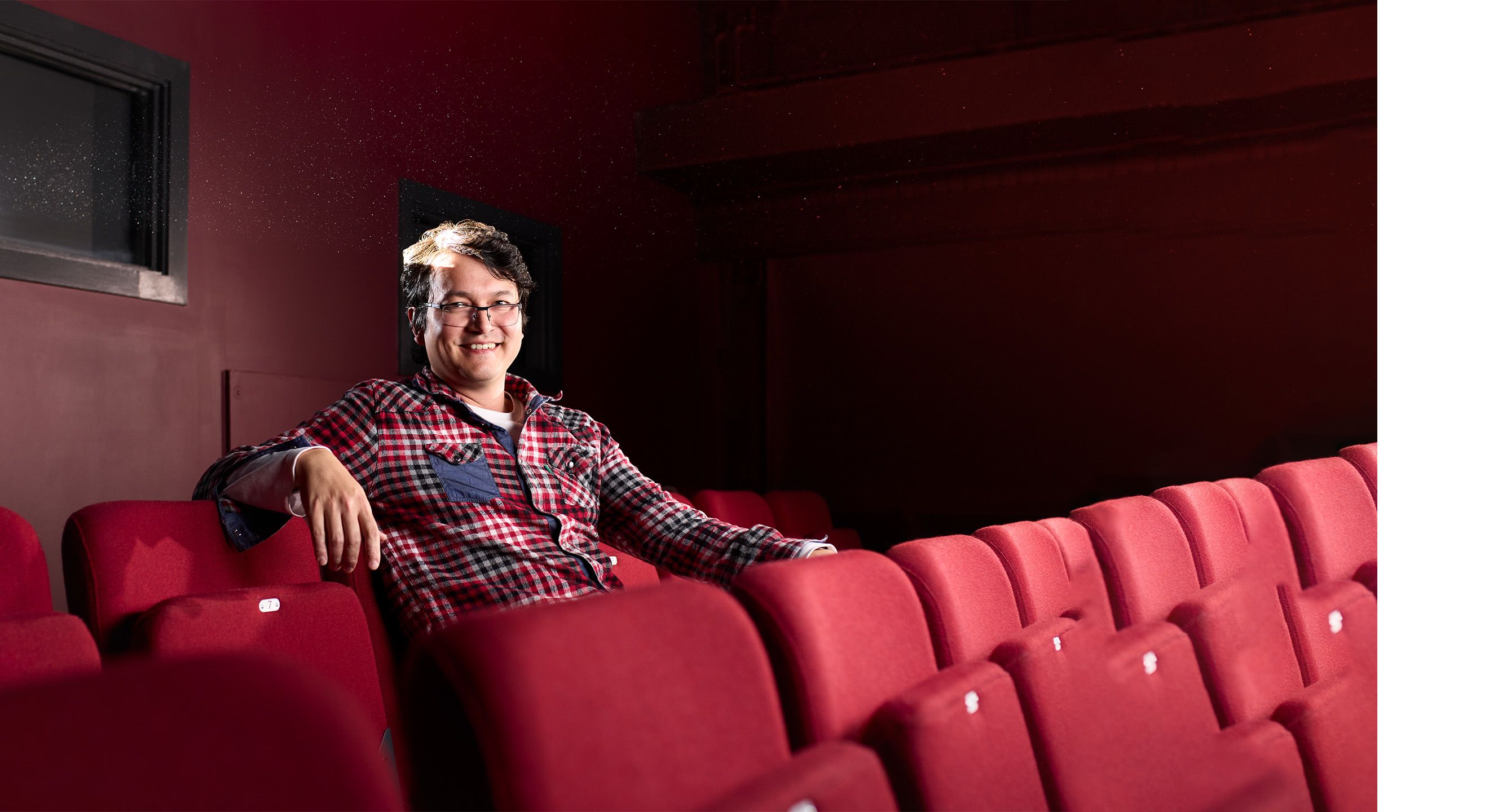
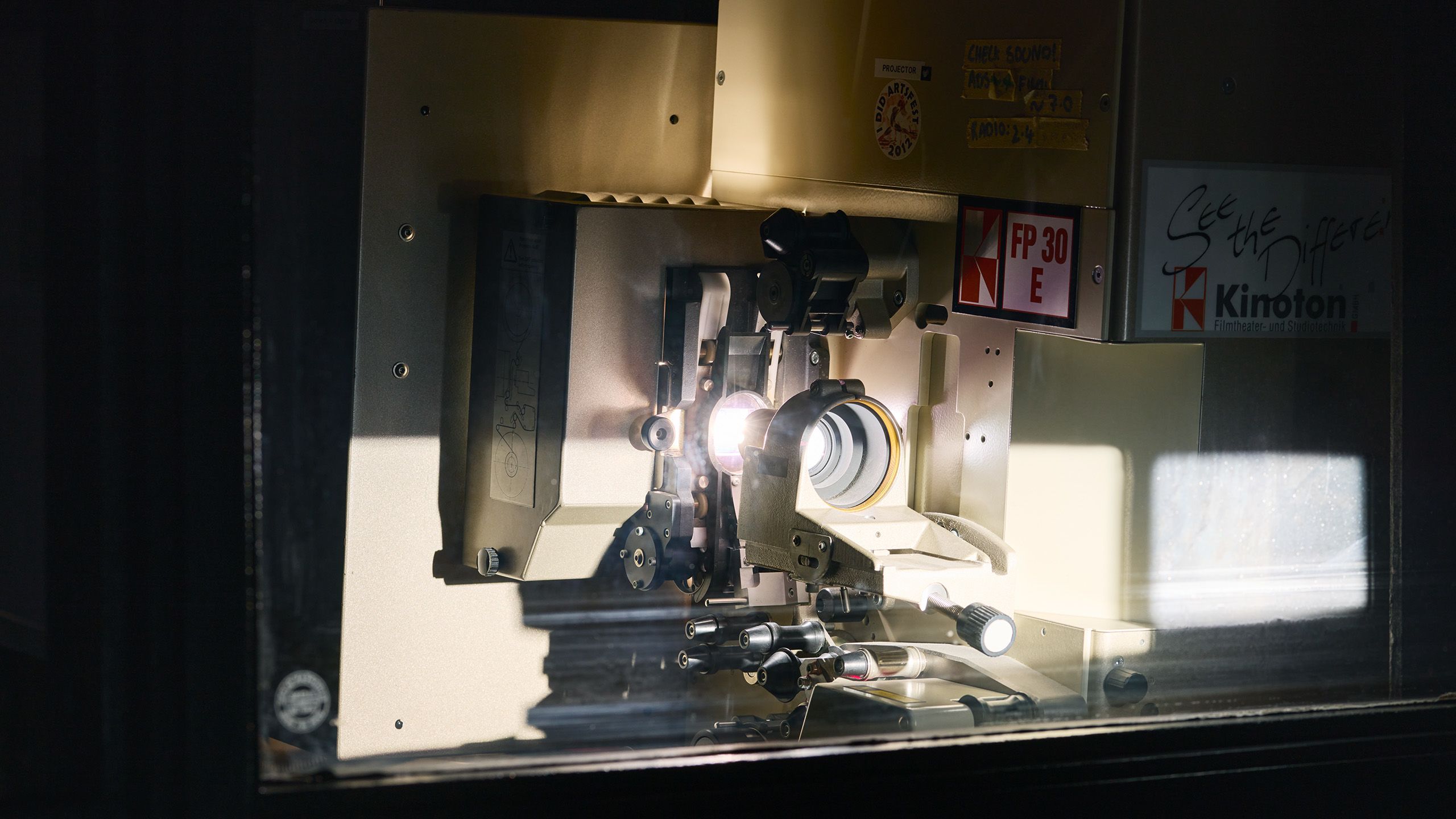
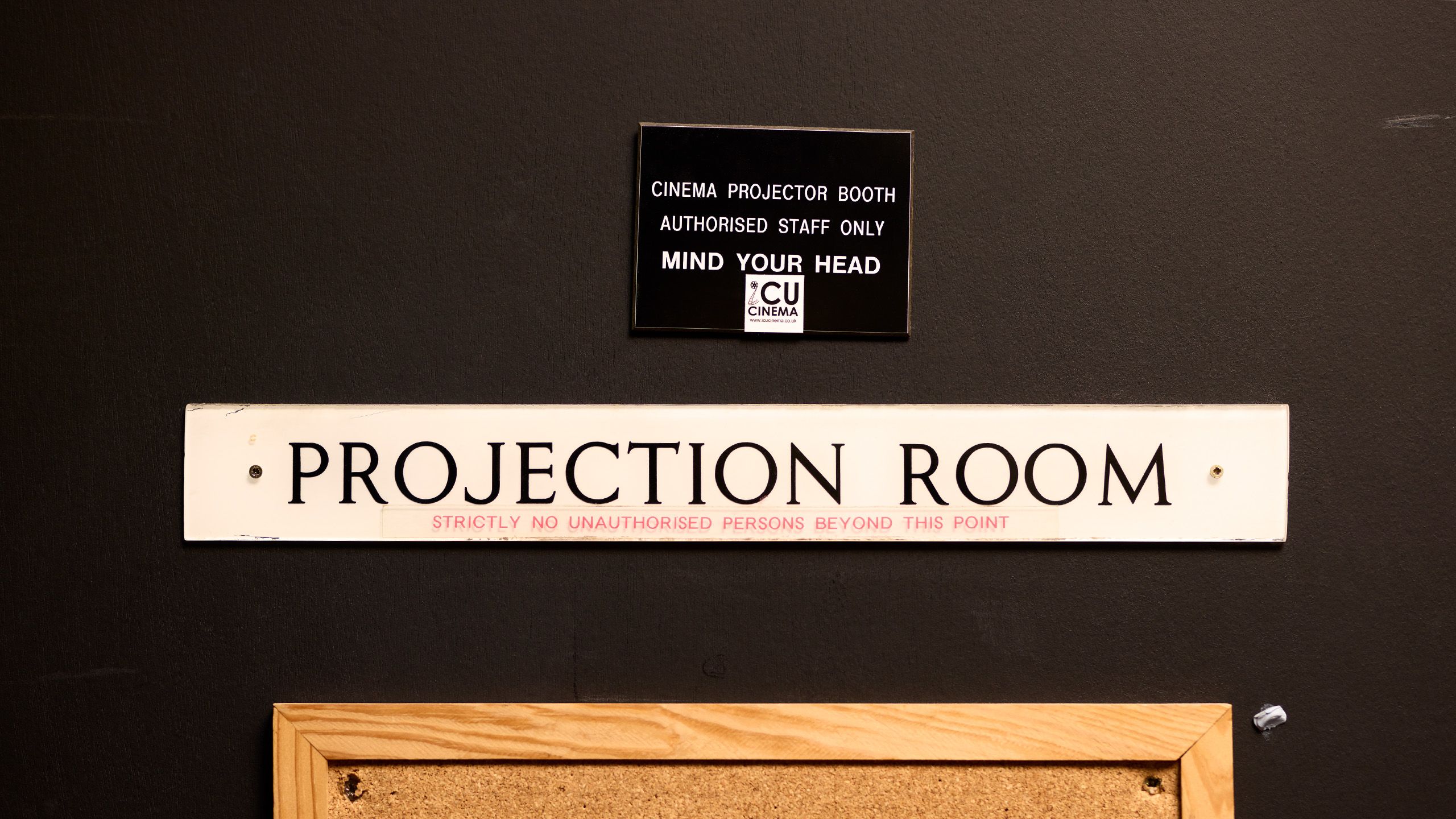
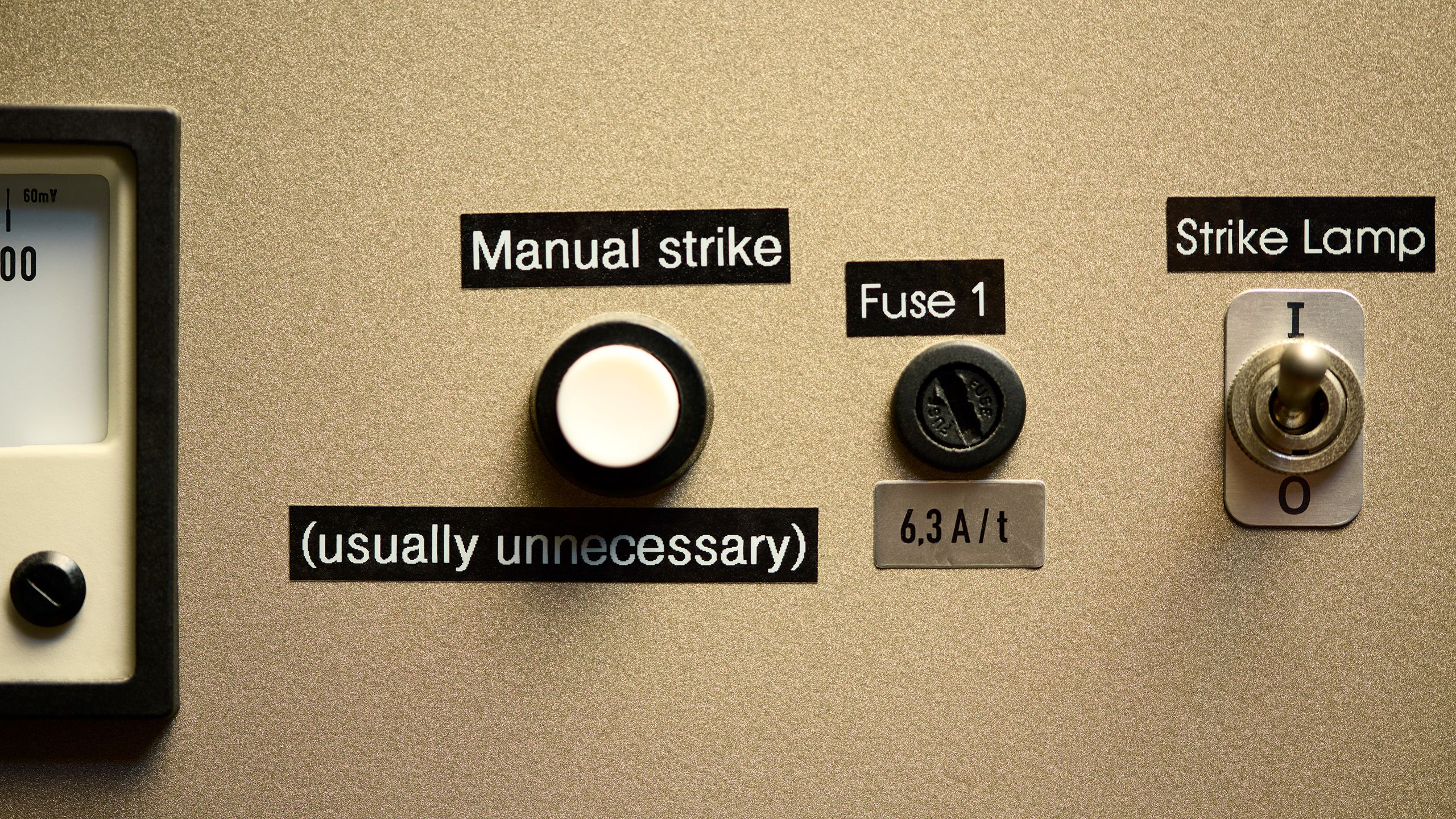
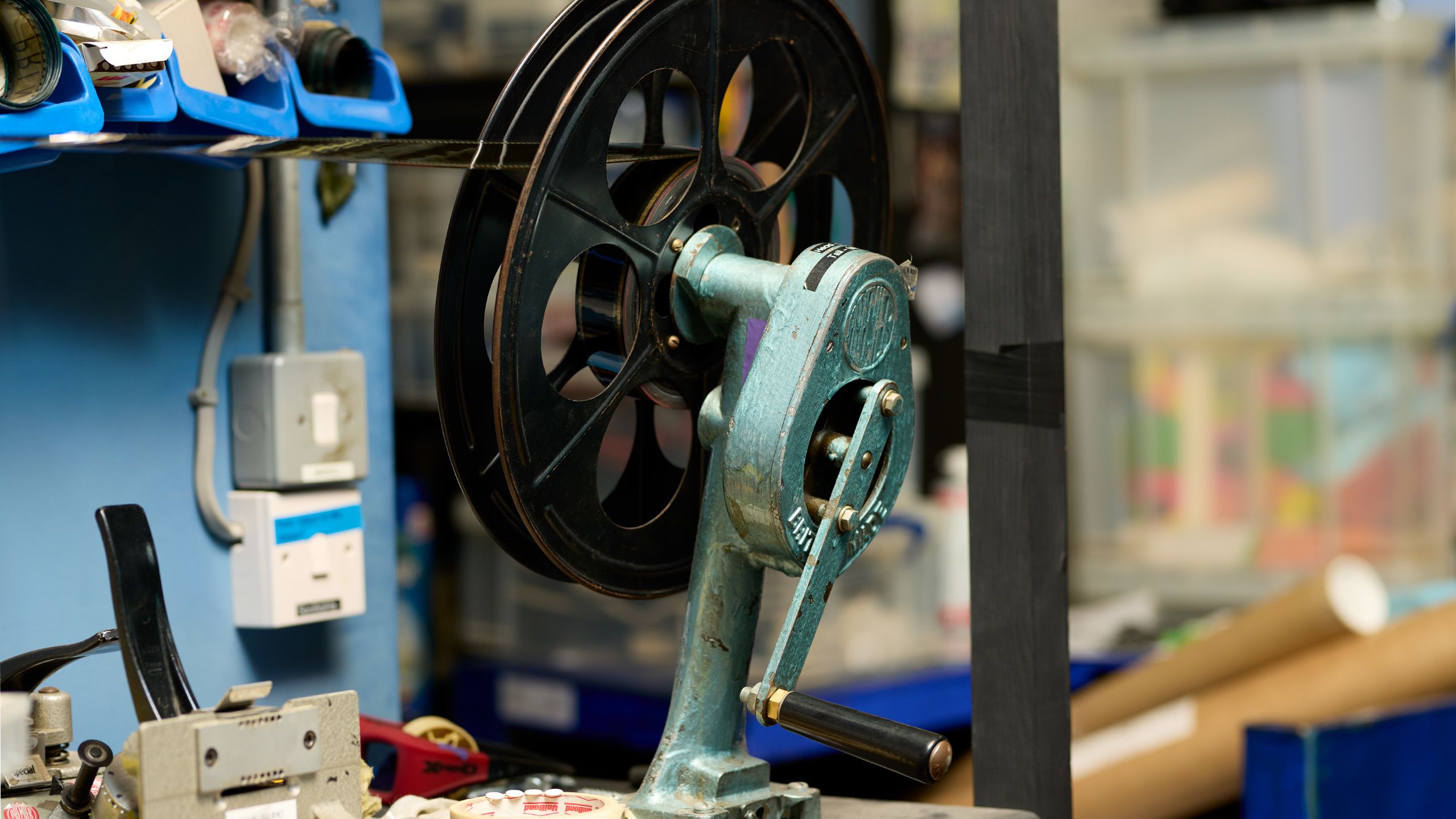




Jump forward a few years and Adam Ladds (BSc Electrical and Electronic Engineering 2009, Club Secretary 2011−12, Chair 2012−13) replaced Yong in the hot seat and was able to build on his efforts.
“We applied for £30,000 to get the bargain-basement budget option and then went about hooking up the existing equipment with the new. There are a few weird and wonderful solutions that I don’t think will ever be replicated anywhere else again, and probably rightly so,” says Ladds.
Indeed, the Club owes much to its engineers. The film tower that ran the 35mm reels was built by the Department of Mechanical Engineering in the 90s, while the box office was a literal box on wheels, custom-built to fit a touch screen (with software written by Ladds) and a cash box.
“We were just sort of cobbling things together with whatever bits and bobs we could find, and a lot of things got replaced,” he says. “Fitting the new digital projector into the cinema booth meant sliding the existing projector over by a few feet in order to make space, so neither of them is actually in the proper place to project onto the screen anymore. But they’ve both got a bit of a lens tilt, so they do still work.”
Actually keeping the cinema running, however, remained a challenge – if for less technical reasons. “Having enough people was always a problem. At certain times of year, you’d find people on a particular course were doing exams, or the geologists might all be abroad. If you’d committed to four showings a week, you kind of had to had to deal with that and work out the best way.” Working with 35mm took at least two people to run screenings. “Sometimes that would mean both of you starting on the box office, closing it, running upstairs to start the film, then rushing back down to see if there were any stragglers. By the end of my time, however, there were enough people that we thought it was doing pretty well.”
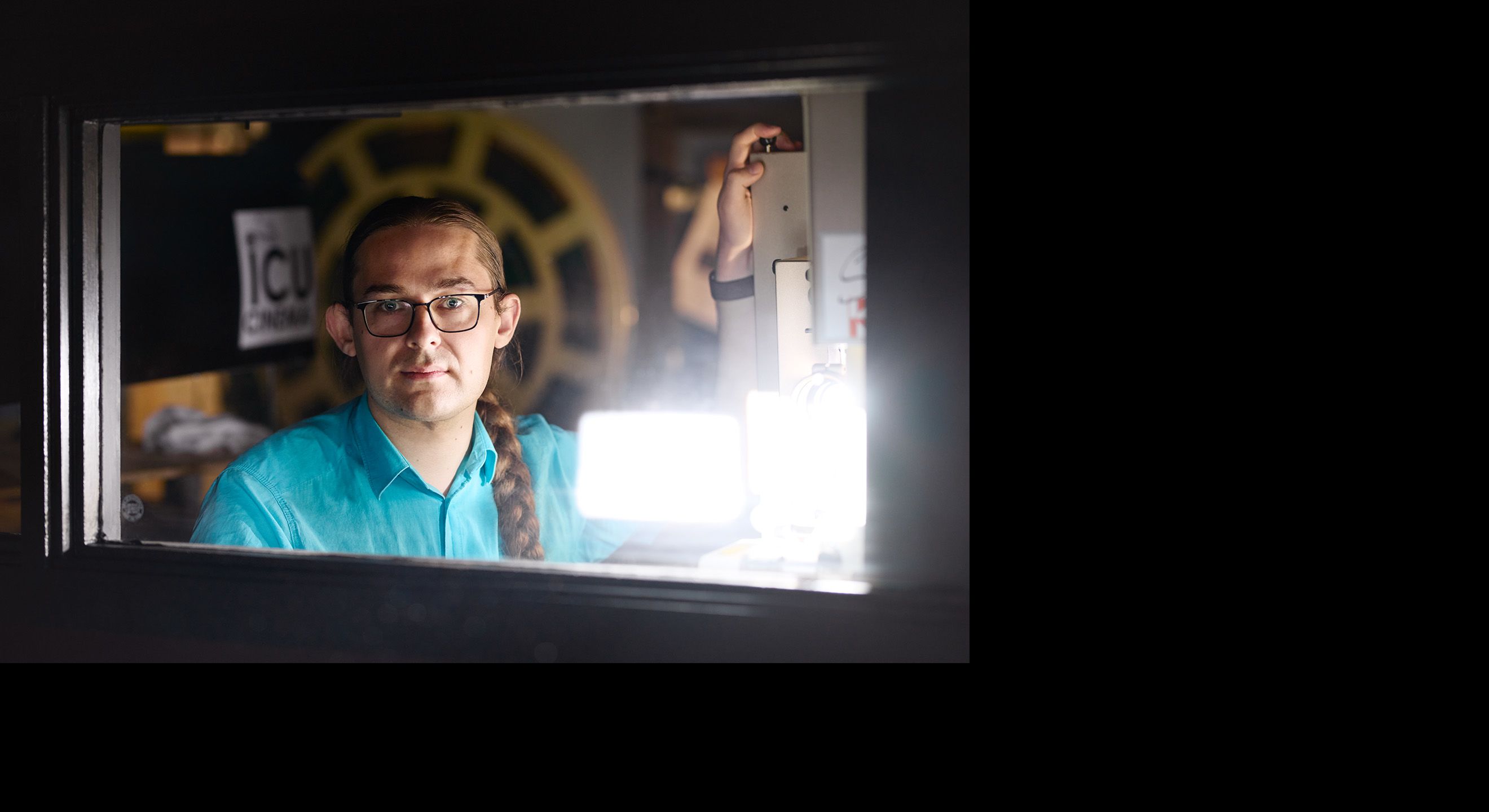
Arguably the most difficult time for the Cinema Club was during lockdown. After closure in 2020, the cinema was allowed to open during the summer term of 2021, historically the slowest time for custom, but was given a makeover and reopened with a bang in autumn 2021, ready for a full complement of audience members.
“Raked seating was installed, and that has been a godsend,” says Rebecca Vickery (MEng Biomedical Engineering 2018), outgoing Chair of the club. “We used to have to set up chairs by hand – now we press a button and the chairs come out.” This has also proven extremely useful for the dramatic societies with whom the cinema shares its space, and external hire – the BBC Proms have put on concerts there thanks to its proximity to the Royal Albert Hall. “It makes scheduling slightly complicated, but it’s great because other groups can use our speaker system for various events, which makes a lot more sense because of the quality,” says Vickery.
It’s nice that we are out and about in the Imperial community at all levels
The cinema has also become popular for showing NT Live screenings more cheaply than its mainstream rivals. “That’s when we end up with lecturers attending, and it’s nice to see that we are out and about within the Imperial community at all levels,” says Vickery, who is now studying for a PGCE at Oxford and says that the cinema gave her a valuable preparation for the many challenges of school life. “I’ll miss meeting all the different people across the College; all the levels of the industry that cinemas interact with.”
That feeling of having gained invaluable life skills from a stint at the Cinema Club is shared by Ladds. He admits that on a recent signalling project he recently completed on the Piccadilly line for London Underground, he called on past experience to help adapt equipment from the 1960s.
“I’ve gone from, ‘How do we use the bits and pieces that are still good from the 35mm cinema and put a digital projector on top of it?’ all the way up to, ‘Okay, now we’ve got this signalling system that’s been in place for 40 years and we’d like to replace the bits that we can’t get spares for anymore’,” he laughs. “Very much the same sort of work, which is kind of weird.”

Imperial is the magazine for the Imperial community. It delivers expert comment, insight and context from – and on – the College’s engineers, mathematicians, scientists, medics, coders and leaders, as well as stories about student life and alumni experiences.
This story was published originally in Imperial 53/Winter 2022-23.